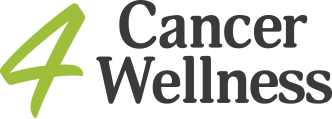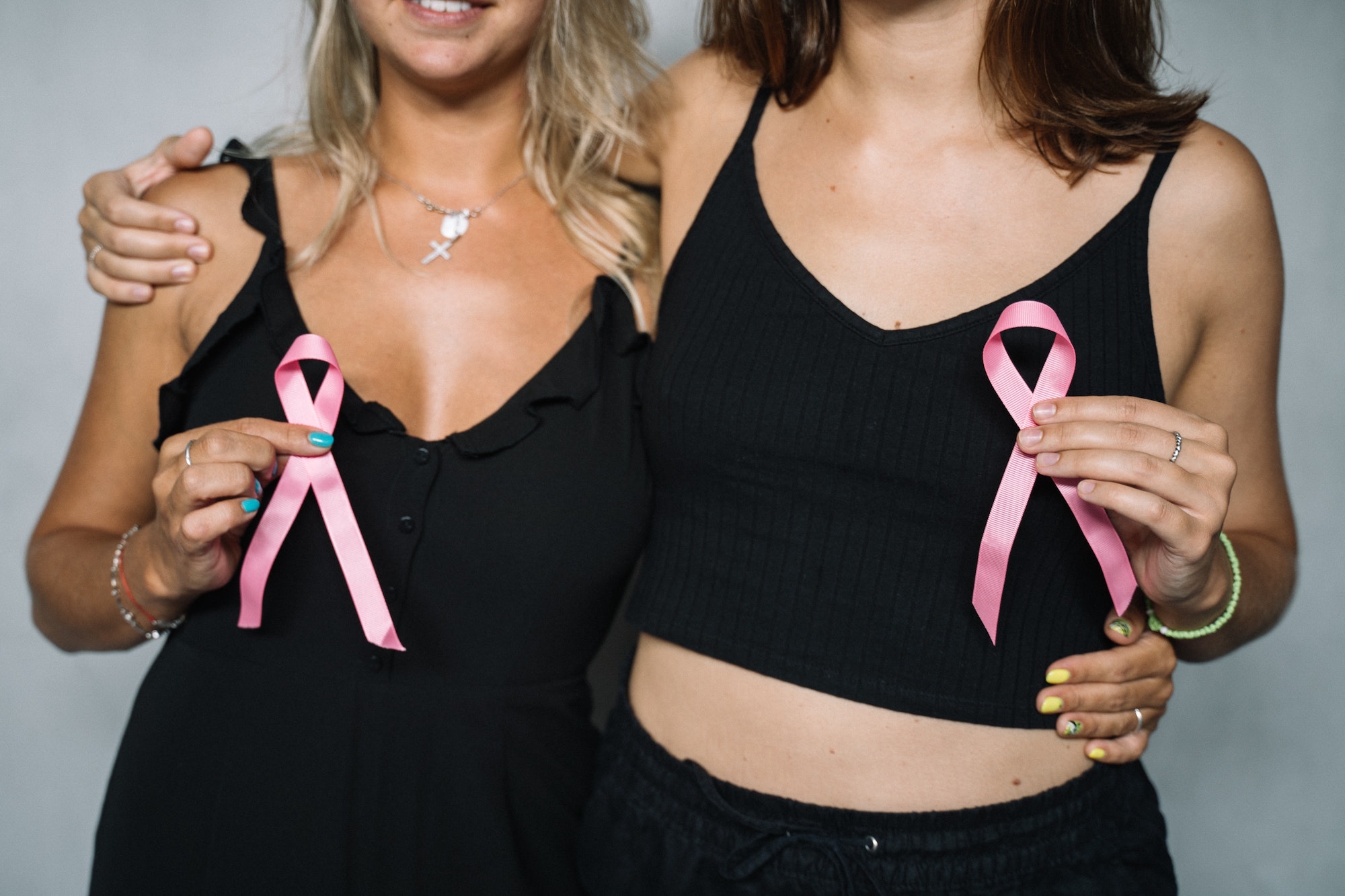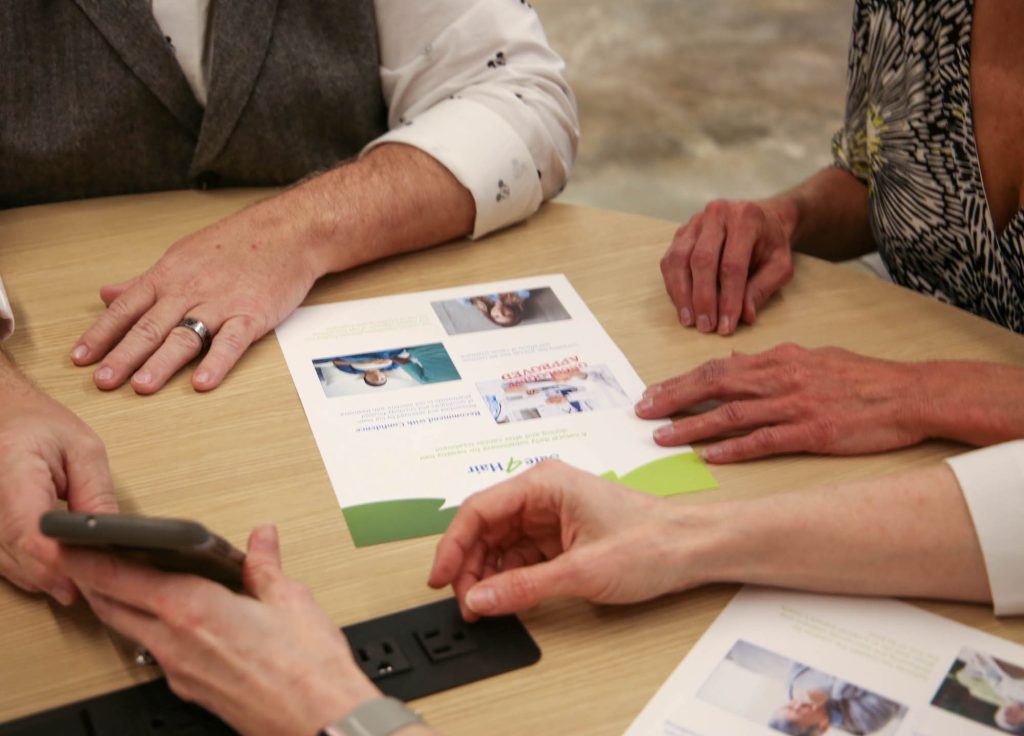As everyone likely knows, October is Breast Cancer Awareness month and at 4CancerWellness we always wish to help.
As we did in 2021, we’d like to highlight the newest treatments, but in explaining these advances, feel it is best to first understand the 3 basic types of breast cancer. This allows you to better understand breast cancer and which new advances are most relevant to each breast cancer type.
Keep in mind, types 1 and 3 almost always behave the same way though type 2 can vary more.
3 most basic types of breast cancer
Type 1 Breast Cancer: Low Grade (Luminal A type)
Low Grade (not aggressive looking under the microscope), very hormone or estrogen-dependent (very hormone positive) and HER2 expressed (positive). In general, this type of breast cancer is the slowest growing and depends on estrogen to survive. At times with advanced cancer, low grade breast cancer can change and it figures out how to no longer rely on estrogen anymore (fortunately this often takes years or even decades to happen). If spreading happens (a cancer recurrence), it generally only spreads to the bones.
Note that every woman makes estrogen throughout life. Despite this fact, this type of breast cancer generally occurs after the age of menopause and is also the most preventable type of breast cancer. This type of breast cancer is often prevented by risk-reduction drugs or lifestyle changes
When inherited genes (like BRCA) aren’t found but there is a family history of breast cancer, this is the most common type of breast cancer, and more importantly, is the most preventable type of breast cancer.
It’s also associated with something called atypical hyperplasia which frequently evolves into this type of breast cancer. Again, highly preventable with lifestyle changes (like a wellness program) and risk reduction drugs that work almost as well as surgery (surgical removal of breast tissue called prophylactic mastectomy) before it develops into breast cancer.
Type 2 Breast Cancer: HER2 Expressed, triple positive or higher grade (Luminal B type)
This is sometimes HER2 expressed, generally higher grade (more aggressive behavior), sometimes estrogen-dependent but other times not. It sometimes goes from one pattern to another and when or if it progresses (spreads), may go to different parts of the body like the lungs, liver, brain, and distant lymph glands. When it expresses HER2 (called HER2 positive), historically it behaved very aggressive as the worst type of breast cancer, but now that we have successfully targeted the HER2 receptor, we can almost always have this historically terrible type of breast cancer respond instead as one of the most treatable forms of breast cancer, even if it has already spread to different parts of the body. If HER2 is expressed it is now not considered the worst type of breast cancer. Also if almost never with time ever acts as type 1 or type 3 breast cancer.
Type 3 Breast Cancer: Triple Negative (Basal type)
The last type is called triple negative, meaning no estrogen, progestogen, or HER2 receptor expression. This type is also almost always higher grade (more aggressive under the microscope) and often occurs in younger women. It may also spread to different parts of the body, like type 2 breast cancer. But importantly, in addition to historical chemotherapy, It often responds to an immune-based treatment as well.
Continue learning in our next blog on breast cancer, updates, and newer treatments.



